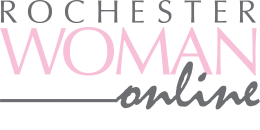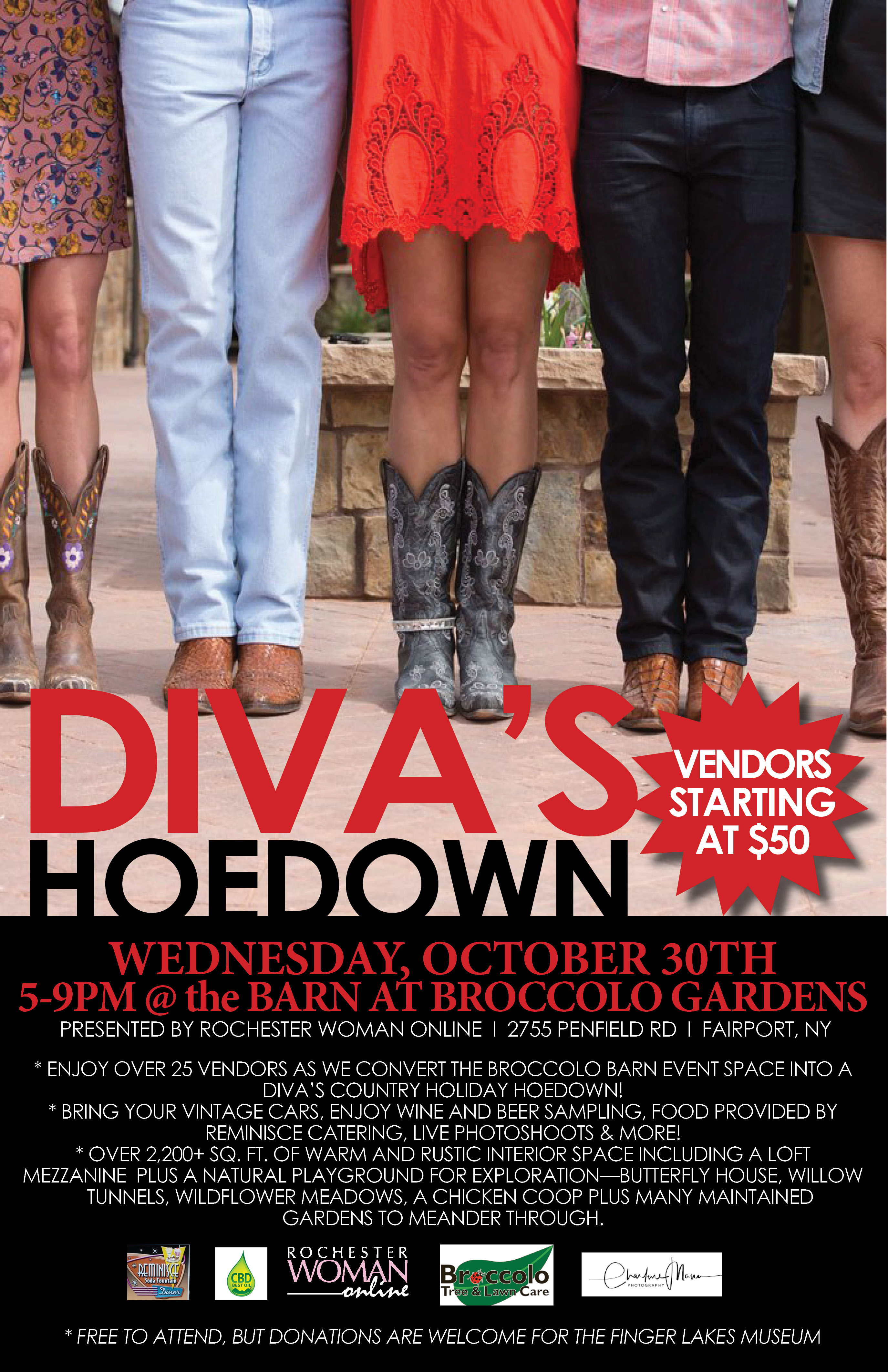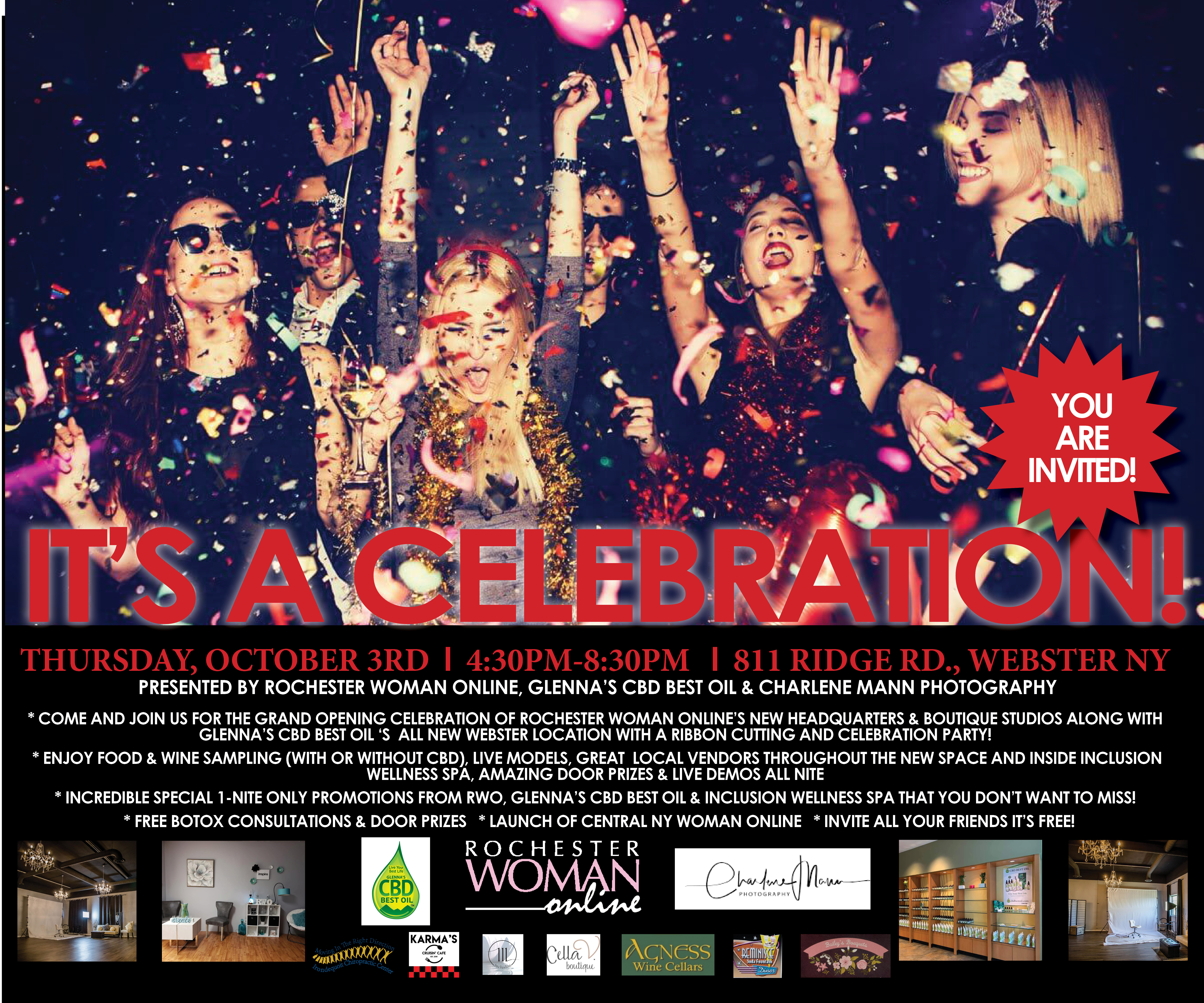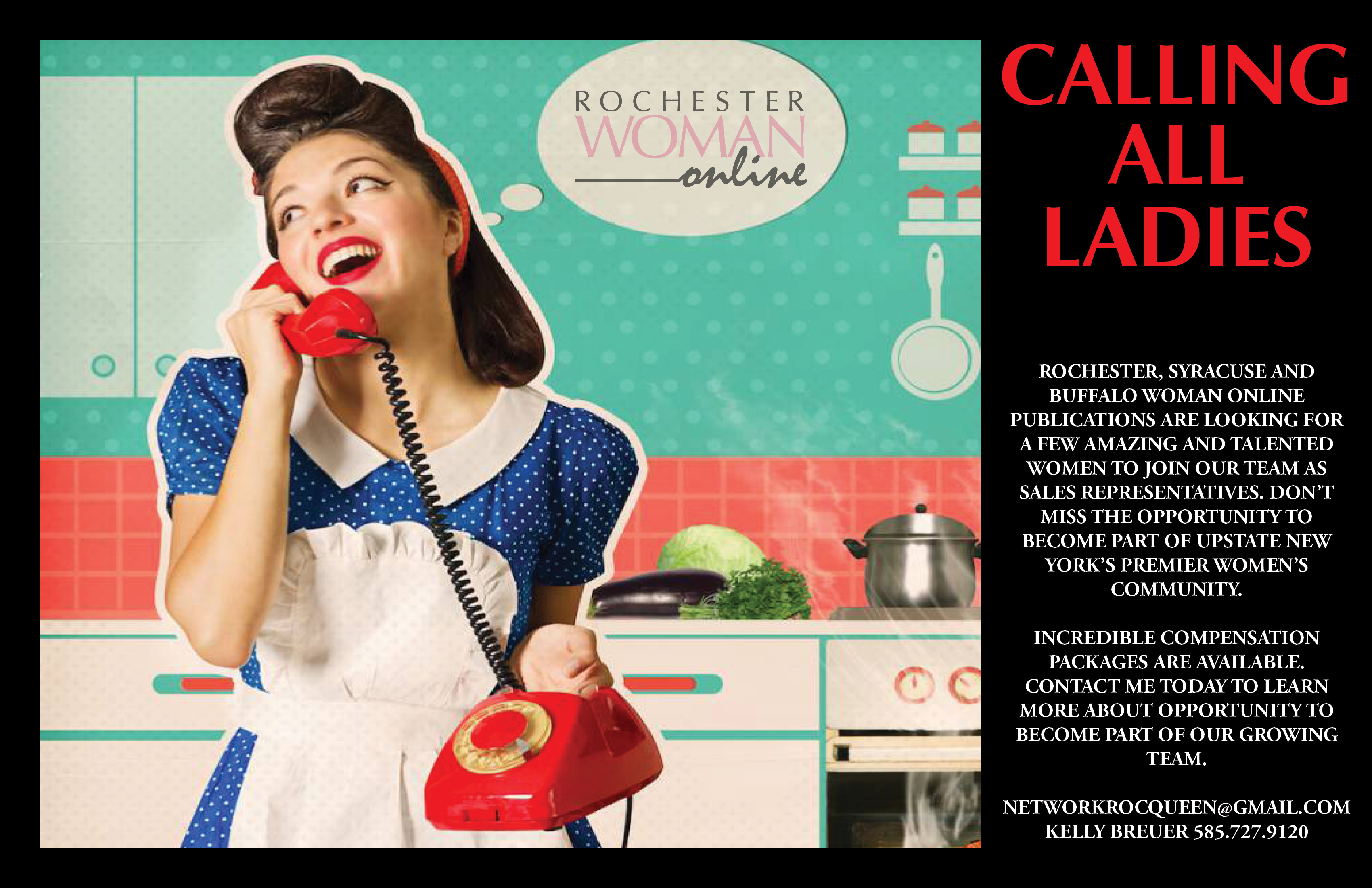Somewhere in the Greater Rochester Area right now.
- A woman is selling herself on Lyell Avenue and knows no one will provide her with food, shelter, or the drugs she’s addicted to if she doesn’t earn enough money this way.
- Someone is working in a restaurant from before it opens until after it closes, every day. They believe they are paying a debt they owe to someone who helped them get into the country, but somehow the debt keeps growing, not shrinking, every week.
- A teenager in the suburbs is being sold through an online classified site by a pimp.
- A child in elementary school is forced to engage in sexual acts, which are filmed and sold online.
These are some of the many versions of human trafficking. Human trafficking occurs in every corner of the world, including the entire Greater Rochester Area. That means in our community, force, fraud or coercion is used to make people perform commercial acts of labor or sex. And often these victims are children. The Center for Youth identifies over a hundred local youth who are being trafficked, or at risk for being trafficked each year. New York has the fifth highest call volume to the National Human Trafficking Resource Center of all 50 states.
Each type of human trafficking has Ade seany causes rooted in issues like sexual abuse, poverty, trauma, racism, homelessness and misogyny. Helping victims emerge from this life, and preventing new victims, is difficult. Complex problems like these require complex solutions, and that was the philosophy upon which the Rochester Regional Coalition Against Human Trafficking was formed.
So who are these victims, and why do they wind up in Monroe County and the surrounding counties (this is by no means limited to the city)? Contrary to popular belief, human trafficking is not human smuggling. Trafficking involves someone’s vulnerability being exploited for someone else’s profit. Sex trafficking victims can be recruited and trafficked in their home town. Most trafficked minors were abused and often were living in the foster care system or on the streets before they crossed paths with a trafficker. A child who suffers abuse and neglect at home intensely enough to wind up in foster care is highly predisposed to mental illness and drug addiction. Since they have seen unhealthy relationships, healthy ones are unfamiliar and scary to them, whereas unhealthy ones seem normal. Someone who is kind, who offers shelter and safety, will seem like an improvement over a home or foster home that offers none of these. After a while, a price is attached to that kindness, and that price can only be paid through commercial sex work.
Many immigrants to this country fall victim to “agents” who keep them isolated, ignorant of their rights, and unable to leave due to threats, beatings, and debt bondage. And even if freed from their trafficker, victims still face the same vulnerabilities they had before they were trafficked plus new mental and physical illnesses, stigma, isolation, and often a criminal record that impairs future employment. Trafficking truly is modern-day slavery.
And there are variations on these themes. Anyone finding himself/herself homeless is incredibly vulnerable and often resorts to “survival sex” with someone who offers a couch to sleep on. Child pornography may or may not be child trafficking, depending on whether or not the pictures were sold or traded. Drugs, sex, poverty and exploitation are woven together in very complicated ways in the hot spots of street prostitution.
So what do trafficked people need to put their lives back together? First, they need to be removed from the direct control of their trafficker. This isn’t easy. Traffickers maintain intense psychological control over their victims (trauma bonding is a partial explanation for how this happens). Sex traffickers gain this through their relationship with their victims, and victims often need much time, much opportunity for reflection and growth, and an overall change in their life circumstances before they can permanently leave that life. Realistically, that means trafficking victims often need financial support, educational/vocational support, access to physical and mental health care, and substance abuse disorder treatment, and skill building, all while using a trauma informed approach. In classic labor trafficking there may not be as intense a bond between victim and trafficker, but victims are kept isolated through threats, fear and isolation.
There are very few direct service agencies in our community that work specifically with trafficked people. And these agencies strain under low budgets, high workloads and constant uncertainty. Doing the public education, training and coordinated community responses that this issue warrants is nearly impossible for them. But without doing these things, the problem can’t be fixed.
The Rochester Regional Coalition Against Human Trafficking (RRCAHT) was founded with the belief that public education and coordination can help end this horrific crime in our communities. We do not provide direct services, but we try to facilitate what the direct service providers can do and increase their impact in our community.
RRCAHT Chair, Celia McIntosh, says “Our coalition formed years ago when people realized they weren’t the only ones working on the issue of human trafficking. It only made sense for us to collaborate and support one another’s efforts.”
According to Laura Lederer, former Advisor on Trafficking in Persons to the U.S. Department of State, the City of Rochester is addressing a need and other cities should follow suit. “Educational events that explore human trafficking and the rights of those being exploited in this trade are foundational in this movement.” Lederer was a guest speaker in Rochester in 2013, and spoke to the founding members of RRCAHT.
So what is RRCAHT doing right now?
—Our website serves as a clearinghouse for information about the topic in general, but with a focus on local stories and resources.
—We are raising the local profile on the issue with a recent Proclamation event and with posters raising awareness of the issue on four two city buses for two months. The goal of the posters (or ads) is to increase awareness and reporting of this crime.
—We offer free, customizable trainings to anyone in the community about human trafficking, and intend to focus on local hotels, which can play a significant role in recognizing and responding to sex trafficking. We recently had training for RCSD social workers on the topic.
—We set up educational tables at colleges, health fairs, and disseminate information about this issue.
— We provide a format where direct service providers and indirect service providers can connect and communicate, so that direct service agencies are getting goods and volunteers that are truly useful. A prime example of this are our Care Packs. Direct service providers advise us of things they need, and RRCAHT organizes the collection, storage and packing of the bags.
— We provide an opportunity for people and agencies from very diverse backgrounds to network and problem-solve. This can range from one member sending an email out to other members asking about a particular type of service, to more in-depth discussions.
— We provide ongoing education to members about different facets of trafficking, its causes and effects, and about different community agencies.
RRCAHT is now poised for faster growth. Among our big projects for 2017 will be training staff at local hotels about spotting and responding to human trafficking, training local health care workers (this has already started) and developing research and intelligence on youth homelessness in Monroe County. Youth homelessness is a complex problem, with a variety of causes that include child abuse, over-reliance on and weaknesses within the foster care system, lack of safe, accessible shelter beds and inefficiencies in the human-service delivery systems. Any single agency can fix one of those problems, but the kind of coordinated community effort that RRCAHT provides is the key to coming up with a real solution.
Human trafficking truly is modern-day slavery. Some people look at the fact that slavery has been found throughout human history and say it means this is a problem that cannot be solved. But history also teaches that where there has been slavery, there has also been resistance, people committed to ending it. Some of that work was done directly, some of it was done by changing laws, and some of it was done by publicizing the issue in a way to change people’s hearts and minds. And these movements have been successful. Not completely, not forever, but they have been a way to transform passion into freedom. With human trafficking at the epidemic proportions it currently is at, every community needs a resistance movement like that, and in Rochester that movement includes RRCAHT.





